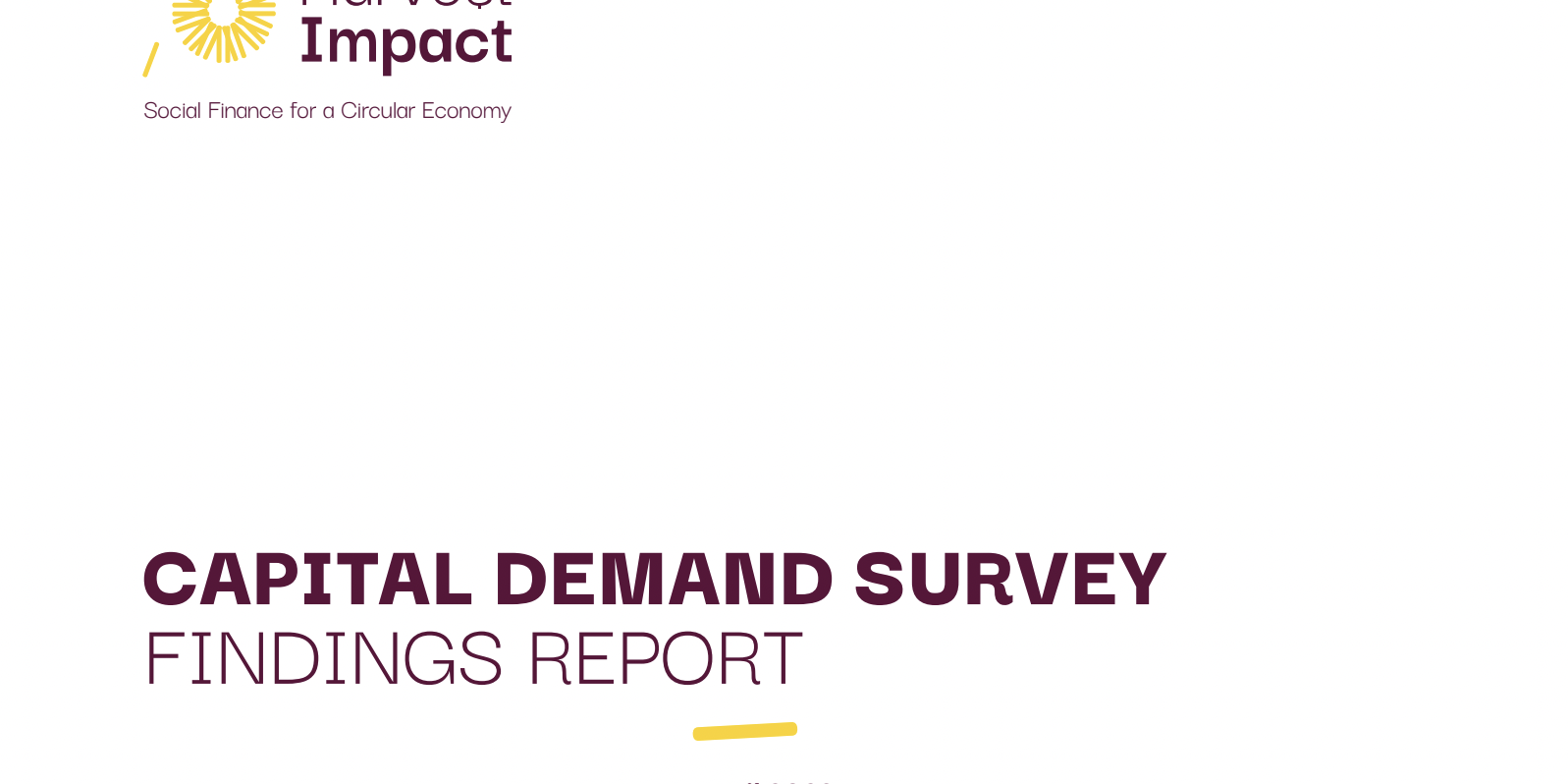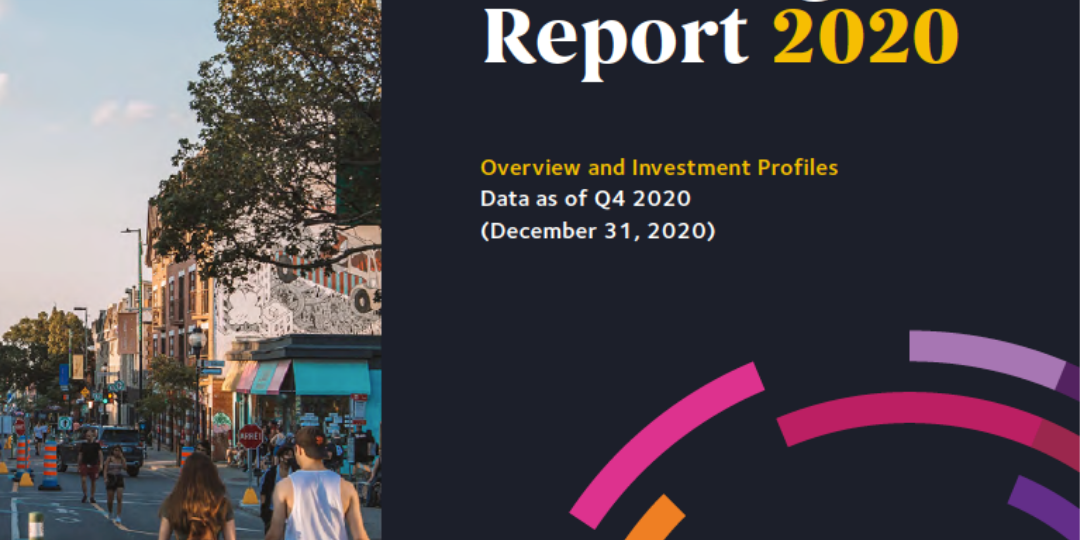Organization
Rally Assets, Nature Conservancy Canada
Authors
Karolina Kosciolek, Nikki Kwan, Chelsea Longaphy, Rob Wilson
Date of Publication
November 2020
Preface
Conservation finance is an important and necessary tool to help protect ecosystems, and it is one being used around the world to restore and conserve healthy terrestrial and marine ecosystems and restore clean air, fresh water and species diversity. To be most effective, conservation globally requires significantly more funding. Estimates over the past decade of the funding gap have ranged from a $250-350 billion US a year, while a more recent estimate is that the annual biodiversity funding gap is $598-824 billion US. We estimate that in Canada alone the additional funding needed is $15-20 billion US a year.
Traditionally, the main stakeholders in the conservation finance landscape have been governments, government-aligned institutions, land trusts and other nonprofits, philanthropists and philanthropic organizations. However, conservation finance also offers opportunities for private investors, mainstream investment firms and corporations interested in a triple bottom line of serving people, planet and profit.
Conservation finance offers these groups many benefits:
• For traditional players, it offers the ability to achieve total portfolio activation and program innovation and education, and to meet donor attitudes and interests
• For private investors, conservation finance can increase asset quality, develop long-term sustainable returns, tap into growth in emerging markets, diversify and hedge portfolios, utilize tax advantages or credits, and avoid or reduce costs
While nature is priceless and invaluable, there are many ecosystem services that have monetary value to various stakeholders, such as carbon sequestration or flood risk mitigation. Monetizing these services allows stakeholders to create mechanisms and products to measure, finance and promote conservation initiatives, based on the outcomes they provide. High potential outcome areas include:
• Indigenous-led or -stewarded conservation in which stewards are compensated for their conservation efforts • Blended social and environmental outcomes that are relevant to other communities, such as nature-based tourism communities, cities and peri-urban areas
• Offsets and credits supported by natural capital stocks other than carbon, such as biodiversity or nutrient credits
Conservation finance models that provide the mechanisms to monetize ecosystem services include credits and offsets, outcome-based models, green bonds and other alternative investments.




